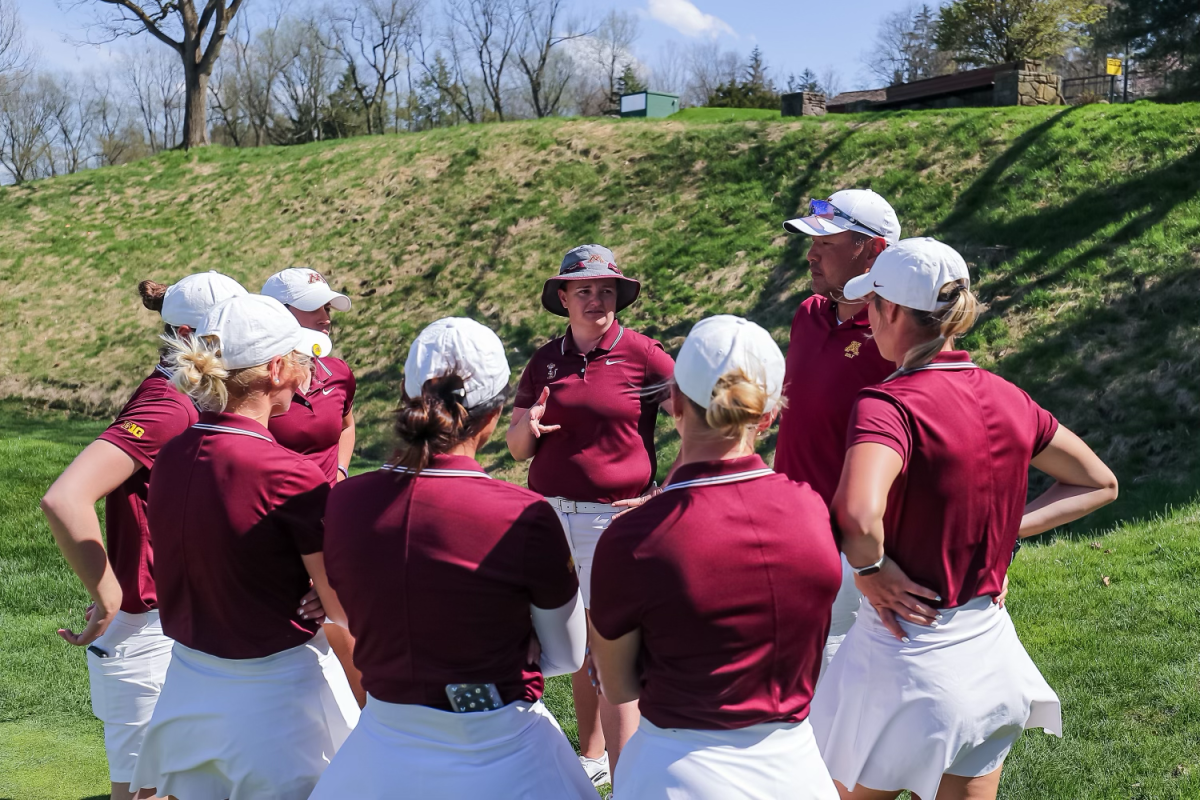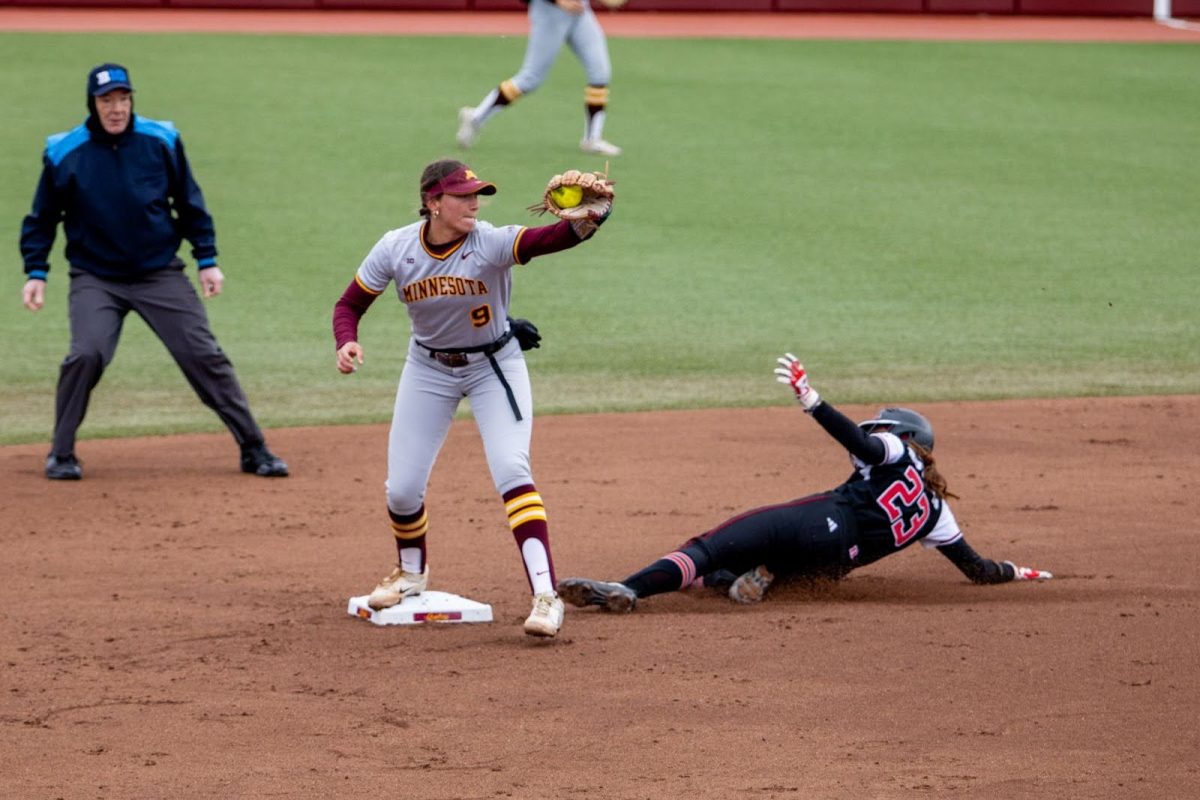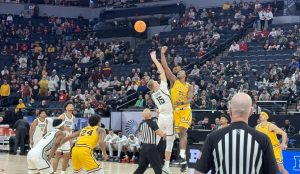University student Ashley Corning might not have considered crime alerts at the top of her priority list early last summer, but that changed July 30.
That evening, the senior communications major found herself in the midst of a robbery on 15th Street in Dinkytown ” twice.
“I was walking home from a friend’s house ” three men were walking near me and one grabbed my purse,” Corning said. “I called the cops; then later, I was standing outside a house and the same guy came up to me again with a gun.”
Corning’s encounter ratifies recent concerns of some University students that the crime alert system used by University Police Department lacks the efficiency needed to protect students.
A Nov. 11 armed robbery near Shevlin Hall in the Knoll area on campus sparked a mass e-mail sent by University police that the University community did not receive until three days after the crime.
“A more efficient way needs to be figured out,” said senior history student Allen Bodelson. “By that time, the suspects won’t be in that area anymore.”
English professor Angelo Volpe said e-mails often are overlooked, and it is still important to get security information to students.
Signs in the dormitories would be beneficial, he said.
Sophomore finance and entrepreneurial management student Alyssa Christianson said the crime alert system in place now is efficient.
It would be difficult to convey the message to so many people in any other way, Christianson said.
Volpe said taking a proactive approach rather than being reactive is the best defense for crime on campus.
“If you want to deter crime, you’ve got to do something,” Volpe said. “Waiting until it happens and then saying something doesn’t do much.”
University Services Vice President Kathleen O’Brien said working together as a community, along with relying on police, is the most effective way to begin combating crime.
“It is best to create a culture of safety ” a recognition of community,” O’Brien said. “Neighborhood block clubs work well because people begin to know who lives on their block.”
O’Brien said University police have taken additional steps, besides the use of e-mail, to spread the word about crime.
Leaflets are sometimes left at people’s doorways and fliers have been distributed to elevators in clinics and libraries on campus over the past few years, O’Brien said.
University police have been working closely with the Minneapolis Police Department to improve safety in surrounding neighborhoods, even though University police don’t directly deal with those neighborhoods, O’Brien said.
Despite University police efforts, Corning still is uncomfortable walking around campus at night, something she said students shouldn’t have to feel.
“This is our University,” Corning said. “We shouldn’t have to feel worried about walking around it.”
She said both University police and the Minneapolis police need to improve efficiency in fighting crime and increasing awareness.
“Nothing’s being done,” Corning said. “Even the (Minneapolis Police Department) isn’t doing its job. Whatever they can do, they should do.”










